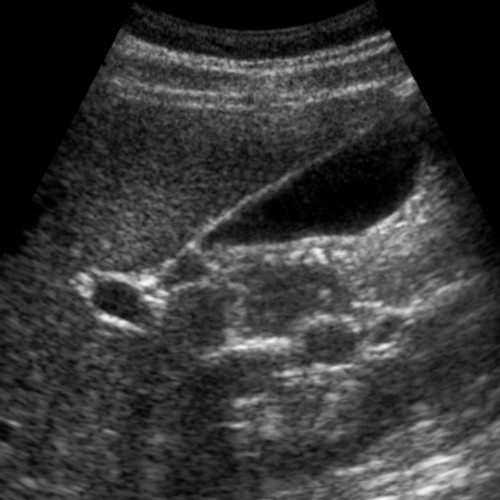Ultrasound of the biliary system is a staple application that has benefited from the improved image quality of modern ultrasound machines. It is used to evaluate a multitude of presenting complaints and conditions, such as abdominal pain, jaundice, cholecystitis, tumors, and more. The Biliary Tree: Anatomy & Physiology Module begins with an overview of the role of ultrasound in the evaluation of the biliary tree, which consists of the gallbladder and biliary tract. A brief review of the anatomy and physiology of the biliary tree is provided. Sonographic anatomy of the gallbladder, biliary tract, and adjacent structures, including the duodenum, hepatic artery, and portal vein, are described in detail. The preferred imaging techniques used for gallbladder and biliary tract image acquisition are discussed. The course concludes with imaging tips and pitfalls and a summary of salient teaching points.
This activity has been planned and implemented in accordance with the accreditation requirements and policies of the Accreditation Council for Continuing Medical Education (ACCME) through the joint providership of the American College of Emergency Physicians, the Illinois College of Emergency Physicians, and SonoSim, Inc. The American College of Emergency Physicians is accredited by the ACCME to provide continuing medical education for physicians.
The American College of Emergency Physicians designates this enduring material for a maximum of 2.5 AMA PRA Category 1 Credits™. Physicians should claim only the credit commensurate with the extent of their participation in the activity.
Approved by the American College of Emergency Physicians for a maximum of 2.5 hours of ACEP Category I credit.












